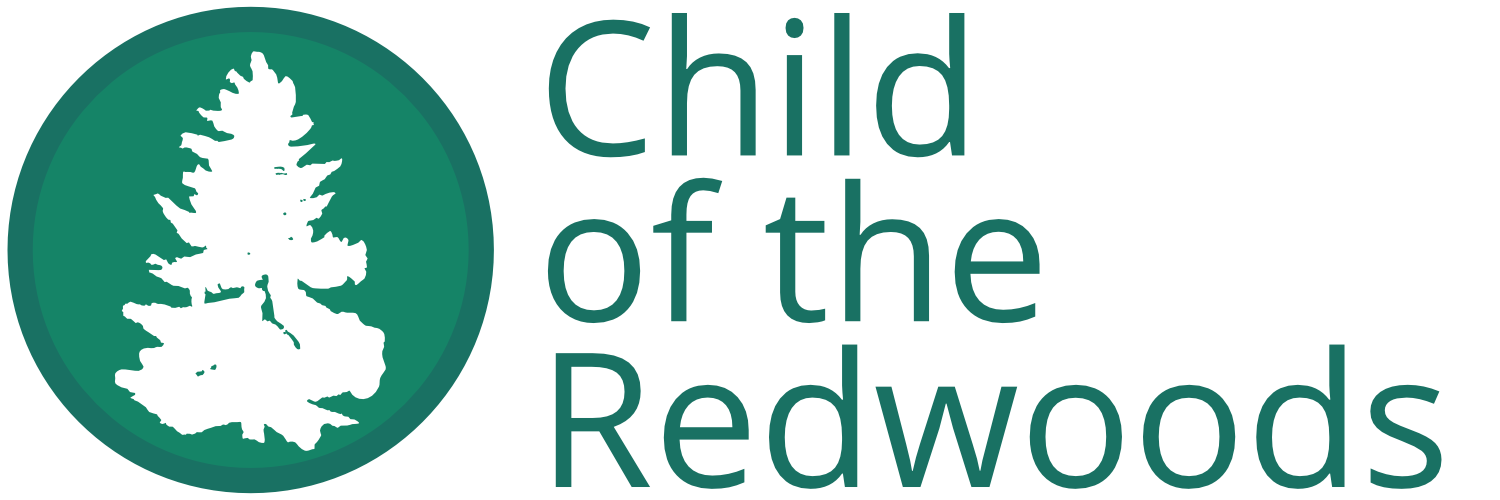Mathematics are amazing. They are — without question — the essential foundation of the modern world. Humans can — and did — live without an understanding mathematics, but they would — without question — also have never progressed beyond a Bronze age world. There would be no moon exploration, antibiotics, cars, Internet, cargo ships, money… their contributions are, well, uncountable.
So important are mathematics to humankind that it stands as a first amongst equals when compared with other academics. Only literacy — Reading & Writing — stands shoulder to shoulder with mathematics in importance. This is no less true in Montessori.
In fact, some of the best known, most inventive, and most beloved Montessori lessons are mathematic. The golden beads, the multiplication board, the colored beads, the binomial and trinomial cubes, and the stamp game are all found in the mathematics curriculum. These lessons have an unparalleled ability to help children conceptualize mathematics. No wonder they’ve been copied and adapted over and over again.
Mathematic is also where you find the Fifth Great Lesson: The Story of Numbers. You’ll find that story plus all the classic lessons in the Child of the Redwoods mathematics curriculum.
The mathematics curriculum for those under 6 (those in the first plane) is incredibly rich. Among other things, these children learn how to add and subtract, how to estimate quantity, how to tell time, and how to exchange. Above, they begin to recognize that we can use symbols to describe the world around us and that these symbols can be worked with using rules. That is, they are made aware of mathematics.
Because those under 6 have a more concrete understanding of the world, the more conceptual parts of mathematics are not emphasized. Instead, the goal is to get children comfortable working with the Montessori materials. This comfort and familiarity will greatly add their mathematical education when they pass into the second plane (after age 6) and are suddenly capable of abstraction.
Overall, the goal is for first plane children to have exposure to mathematical thinking and learn basic operations, including multiplication and division.
Once children acquire the ability to think abstractly (after age 6 during the second plane), mathematics takes on a whole new meaning. Their lessons explore how humans symbolize groups of things and what we can do with those groups.
By the time a child leaves a lower elementary program, they should know how to solve math problems using both memorization and computation, understand how numbers symbolically represent concrete things, and describe the role mathematics play in human life and progress.
Overall, the idea is to equip your 6 to 9 year old with confidence in basic mathematics and to help them understand that math exists naturally, beyond humanity.
Teaching mathematics the Montessori way is entirely about teaching it CONCEPTUALLY. Rather than working through endless worksheets, we want children to use hands-on materials to “see” what the numbers mean.
With children under 6 (those in Primary), you’ll want to focus heavily on the basic concept of quantity and how we can use symbols — called numbers — to represent it. Explore the concept of zero. What does it mean to have a quantity of nothing? Use physical objects to represent quantity then match them to pictures and symbols. What does “two” mean? As your child approaches 6, you’ll introduce operations - addition, subtraction, multiplication, and division - and help them understand how we can manipulate those quantities. Sell things from a pretend store. How much change do you get?
For kids over 6 (those in lower elementary), the goal is to take full advantage of the child’s burgeoning skills at abstract thought. Cook pancakes but double the recipe. How do you multiply 1/2 of something? Use the Montessori materials to compute huge numbers. What is 4505 x 6725? Find the highest common factor between two numbers. Why is 2 the highest factor of 36 and 30?
Above all, the key to success is for you, the parent or caregiver, to be CURIOUS. Child of the Redwoods emphasizes that education is a journey you take WITH your children. When you show curiosity about the world, your child will follow the example.
In total, there are four domains within the subject of mathematics: number sense, operations, fractions and decimals, and memorization. For those under 6, we focus only on the first two domains only (i.e., number sense and operations). Kids 6 and over work on all four.
Number Sense: This domain focuses on foundational mathematical and numerical concepts, including sequence and names. It also includes a study of practical math as applied to money and time.
Operations: This domain focuses on how to add, multiply, subtract, and divide, specifically by helping learners transition from concrete representation to abstract understanding. Older learners will spend more time on multiplication and division.
Fractions and Decimals: This domain focuses the ways we represent and work with non-whole numbers, whether expressed as a fraction or decimal. Beginning learners will focus more on essential concepts, like identifying where the decimal point goes. Older learners will spend time performing basic operations.
Memorization: This domain focuses on lessons and activities meant to develop and support fast recall, such as memorizing the times table. As learners progress through the subject, they will be asked to combine memorized information with their operations skills in more complex ways.
In practice, this means children in Primary (2.5 - 6 year olds) will spend much of their time getting comfortable with the idea that humans can describe the world using a special language, called mathematics. They then learn how to use that language to complete basic operations.
In Lower Elementary (6 - 9 year olds), kids build on those introductory lessons… and rapidly! Though it may be a surprise, children at this age are very capable of performing complex mathematics and often find true joy in working with problems that involve huge numbers. Embrace it!


